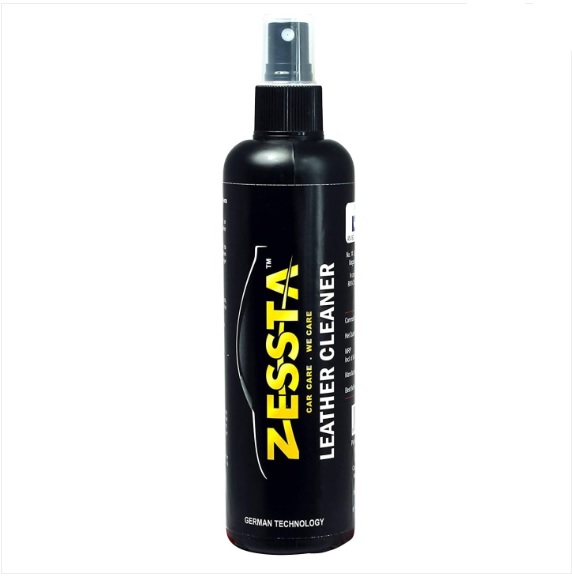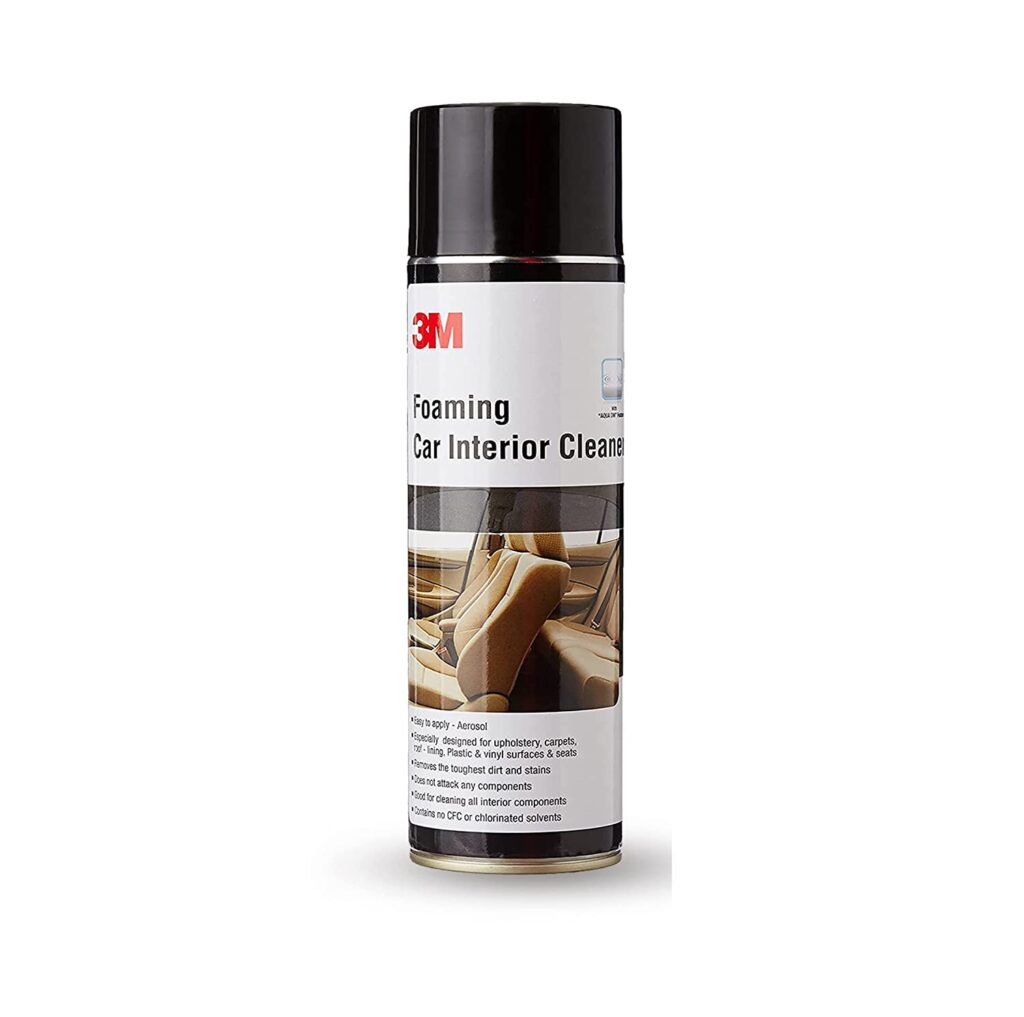Leather upholstery refers to vehicle seats covered with leather material. It offers durability and luxury, but requires regular maintenance to keep it looking its best.
LEATHER SEAT BENEFITS
- Durability: Leather seats are known for their durability and long lifespan compared to fabric seats.
- Style: Leather seats add a touch of luxury and style to any vehicle or furniture piece.
- Comfort: Leather is a soft and supple material that provides comfort and a smooth feel.
- Easy to clean: Leather is easy to wipe clean and maintain, making it a low-maintenance choice for seats.
- Resale value: Vehicles or furniture with leather upholstery often have a higher resale value than those with fabric upholstery.
- Heat resistance: Leather seats do not retain heat like fabric seats, providing a more comfortable experience in hot weather.
LEATHER SEAT CARE
To care for leather upholstery, the following steps can be taken:
- Clean regularly: Dust and wipe down the leather with a damp cloth to remove dirt and oils.
- Condition: Apply a leather conditioner every 6 to 12 months to keep the leather soft and supple.
- Avoid harsh chemicals: Do not use harsh chemicals such as bleach or alcohol on leather upholstery.
- Protect from sunlight: Keep leather away from direct sunlight to prevent fading and cracking.
- Avoid spills: Promptly clean up spills to prevent staining and discoloration.
- Use a leather protector: Apply a leather protector spray to repel spills and stains.
- Professional cleaning: Consider professional cleaning if the leather becomes severely soiled or stained.


Process of Leather Seat cleaning
To clean leather seats from the inside of a vehicle or furniture piece, you can follow these steps:
- Vacuum: Vacuum the seats to remove any loose dirt or debris.
- Mix a cleaning solution: Mix a solution of equal parts water and white vinegar, or use a store-bought leather cleaner.
- Test the cleaner: Apply a small amount of the cleaner to an inconspicuous area to ensure it won’t damage the leather.
- Clean the leather: Using a soft cloth, apply the cleaner to the leather and gently rub in a circular motion.
- Wipe away the cleaner: Use a clean, damp cloth to wipe away any residue from the cleaner.
- Condition the leather: Apply a leather conditioner to help keep the leather supple and prevent cracking.
- Allow to dry: Let the leather dry completely before using the seats or furniture.